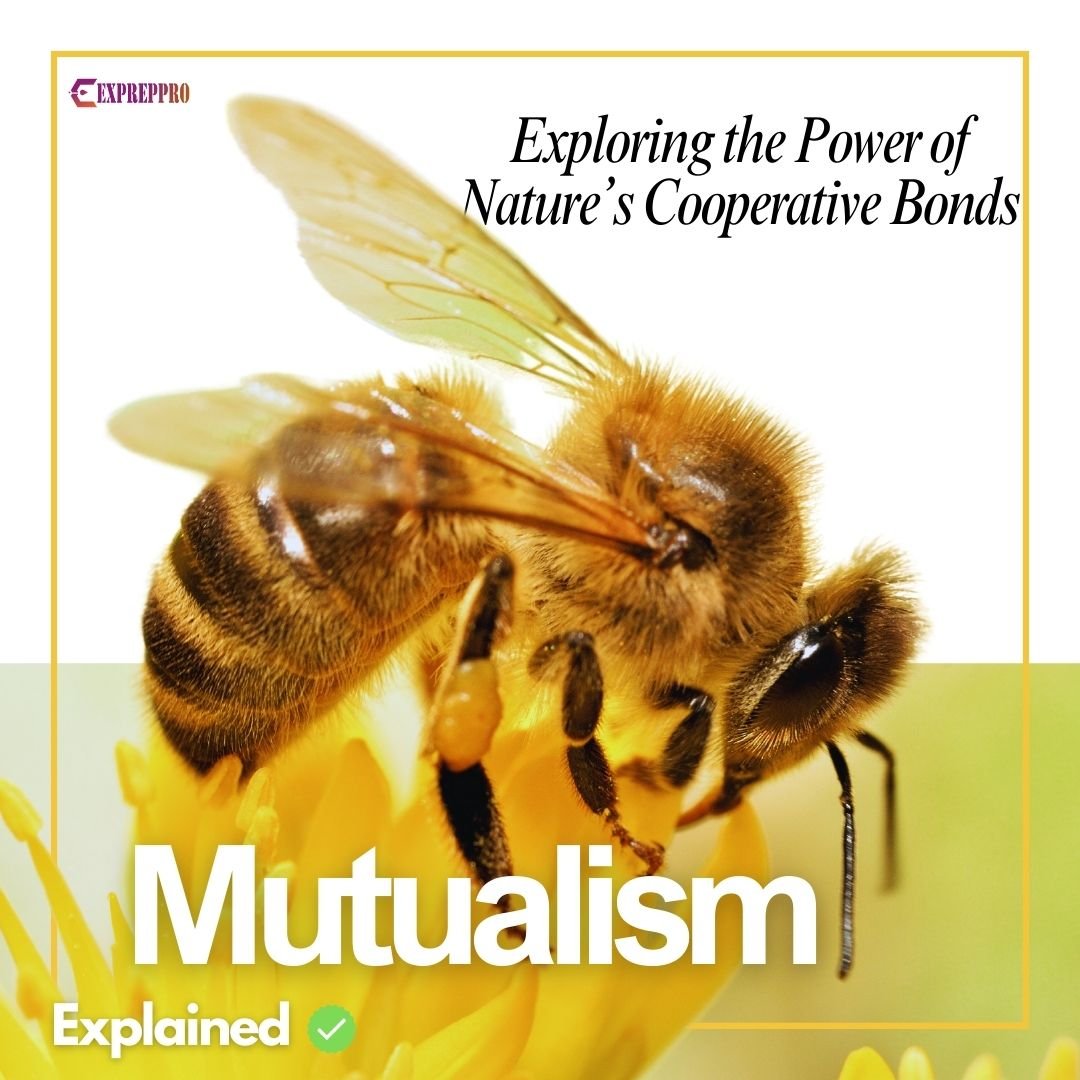
Mutualism is an interaction or relationship between members of two same or different species that benefits both species. This relationship helps both species to have an enhanced survival rate.
What is Symbiosis?
Symbiosis means close and prolonged interaction between two organisms of different species. The participating species in symbiosis are called symbionts.
It is a close, prolonged physical relationship between different species in which a participating organism occupies a habitat provided by a host.
Parasites don’t belong to the category of symbionts because the other organism is negatively affected.
The term symbiosis, or “living together of two species”, was first used by botanist Heinrich Anton de Dary in 1879.
There are different types of symbiotic relationships, and mutualism is a type of symbiotic relationship in which both species benefit from the association.
Lichens are a common example of a symbiotic relationship comprising a fungus (mycobiont) and an algae (phycobiont). The fungus forms the main body and provides nutrition and shelter to algae. The algae produce food for itself as well as for the fungus. There are about 2500 species of lichens, each composed of a unique combination of fungus and algae.
Types of Mutualism
Mutualism can be divided into two types.
- Obligate Mutualism
- Faculative Mutualism
Obligate Mutualism
In this relationship, two species are completely dependent upon each other.
If one among two is affected, then the other will not be able to survive. For example, Mycorrhizae. It is the symbiotic or mutualistic relationship between a fungus and the roots of about 80 per cent higher plants. It helps to capture nutrients, and in exchange, the fungus receives carbon from plants.
The majority of higher plants use this, but few are exceptions. The Cruciferae family is an exception.
Generally, three types of Mycorrhiza are found.
- Arbuscular mycorrhizas: found in two-thirds of higher plants, including tropical and most non-woody species.
- Ectomycorrhizal fungi: Seen in trees and shrubs and dominate boreal, temperate forests.
- Ericoid Mycorrhizas: Seen in the dominant species of heathlands (heathlands means open, low-lying ecosystems dominated by plants like heather and grasses).
Facultative Mutualism
Facultative mutualism is one in which the mutualistic partners may even survive in the absence of the other partner species—for example- Sea Anemone and Hermit Crab.
Based on the interaction mechanism, mutualism is classified into
- Transport Mutualism
- Nutrition Mutualism
- Protection Mutualism
Transport Mutualism
In transport mutualism, one partner receives food while transporting some individual life stage for its partner.
Ants dispersing seeds away from the parent plant is an example of transport mutualism. Myrmecochores have an ant-attracting food body on the seed coat called an elaiosome. This is essential to the ants, who carry seeds to their nest. Later, when ants abandon the intact seed within the abandoned nest, the seeds will start to grow.
Nutrition Mutualism
In nutrition mutualism, mutualistic partners exchange nutrition with one another.
The relationship between Anabaena and Azolla is an example of nutrition mutualism. Here, Azolla provides food to Anabaena, and Anabaena provides nitrogen to Azolla. The association between Corals and Zooxanthellae is another example.
Protection Mutualism
In this case, one species protects another from its enemies.
The relationship between Central American Ant species Pseudomyrmex ferruginea and Bull’s horn acacia Vachellia cornigera is an example of protection mutualism. Ants live in the swollen thorns of acacia. The ants will get shelter and a balanced diet. In return, Ants will emit a repulsive odour to expel the tree’s enemies.



